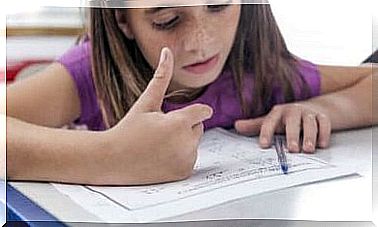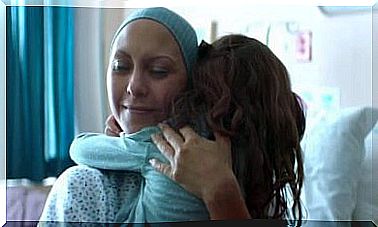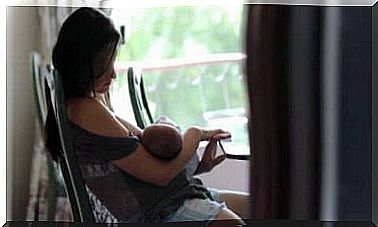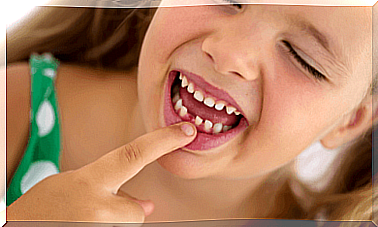Fears And Phobias In Children
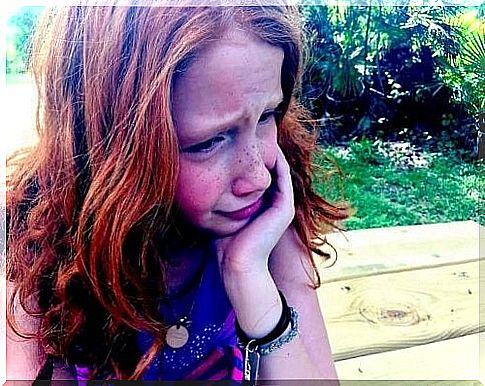
For some mothers, it may seem unbelievable that their children are capable of experiencing panic attacks generated by a particular situation or object. However, experts say that, from the age of five, children can develop fears and phobias that, if left untreated, can get worse.
The difference between fear and phobia is that fear is a passing sensation. A feeling that, supposedly, does not affect the mental and emotional state of those who feel it.
On the other hand, phobia is a disorder that can trigger a series of reactions that can cause changes in heart rate, anxiety attacks and fainting.
How to identify fears and phobias?
Phobias are characterized by being irrational, recurrent fears of a frightening and inexplicable intensity. That is, a child may feel unable to move or react logically to the subject or situation that arouses their fear.
The most visible symptoms are fears, rapid heart rate, excessive sweating, increased anxiety, loss of motor reflexes (inability to run), difficulty breathing and momentary loss of lucidity and consciousness (fainting).
If you suspect that your child may be a victim of a phobia, you need to take your child to a doctor to confirm or rule out this diagnosis.
If it is proven that it is a phobia, the specialist will tell you which is the most convenient treatment. He may recommend individual and family group psychotherapies, relaxation sessions or administration of medications.
The most common phobias in children
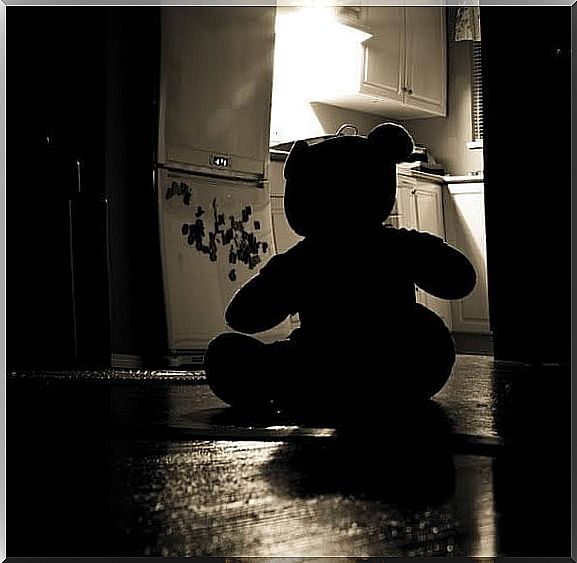
- Claustrophobia. Specific fear of being locked in small spaces. These episodes occur when they ride in a car or take an elevator, for example. In short, in a small place.
- Agoraphobia. It refers to the fear that appears when the child is outdoors. It is a phobia directly associated with the fear of getting lost and feeling disoriented.
- Coulrophobia. It’s the fear of clowns, jesters and mimes. Usually caused by makeup which can cause a high level of distrust in children. There are terrifying images of clowns, like in the movie It: A Masterpiece of Fear , that can trigger a phobia.
- Nyctophobia. That’s what the fear of the dark is called. This is one of the most common phobias among children aged five to ten. Experts say that this phobia is due to the feeling of vulnerability in the face of the impossibility of seeing in the absence of light. This is why children, and often adults, can hallucinate strange beings in a dark environment.
- School phobia. This is a type of social phobia that occurs when a child, involuntarily, suffers stomach pains, fever, vomiting and headaches for not going to school.
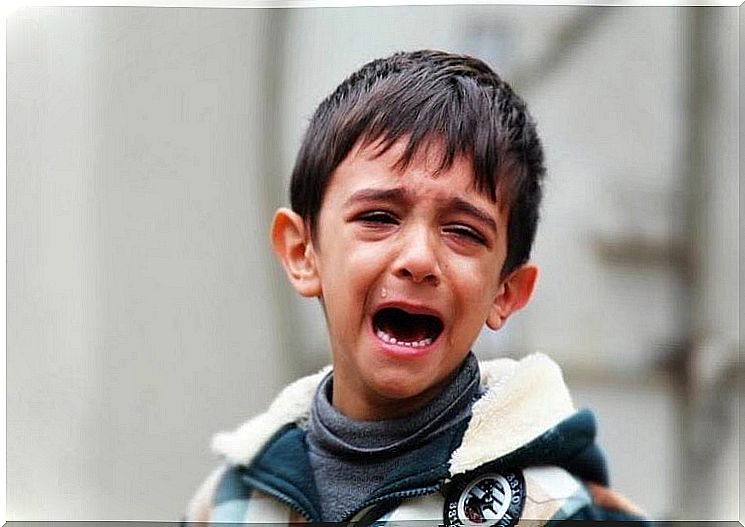
Do parents contribute to the emergence of phobias?
The behavioral development of our children is directly influenced by their surroundings and by those who are responsible for them. That’s why parents can be held responsible for their children’s fears and phobias.
Studies show that many of these phobias arose due to fears transmitted by parents to control children.
Everything indicates that the dreaded Bag Man, with which parents threaten their children to obey and go to sleep, is not a harmless strategy.
A similar situation occurs with irresponsible exposure to certain factors, such as television. If parents do not supervise the programming their children watch, they are likely to see situations of violence that cause specific or social phobias.
Faced with this risk, it is recommended that parents limit television use at home to just a few hours a day. In addition, it is also recommended to properly select the programs that the child will watch. Always according to your age, of course.
As parents, we must ensure that our children grow up in a safe and harmonious environment. This will certainly provide good emotional and behavioral development. Furthermore, we must take into account the importance of strengthening communication during all stages of growth.
Remember that a child who feels safe and is supported by his parents will be a happy child. Consequently, she will live away from fears and phobias that are unnecessary for her growth.

